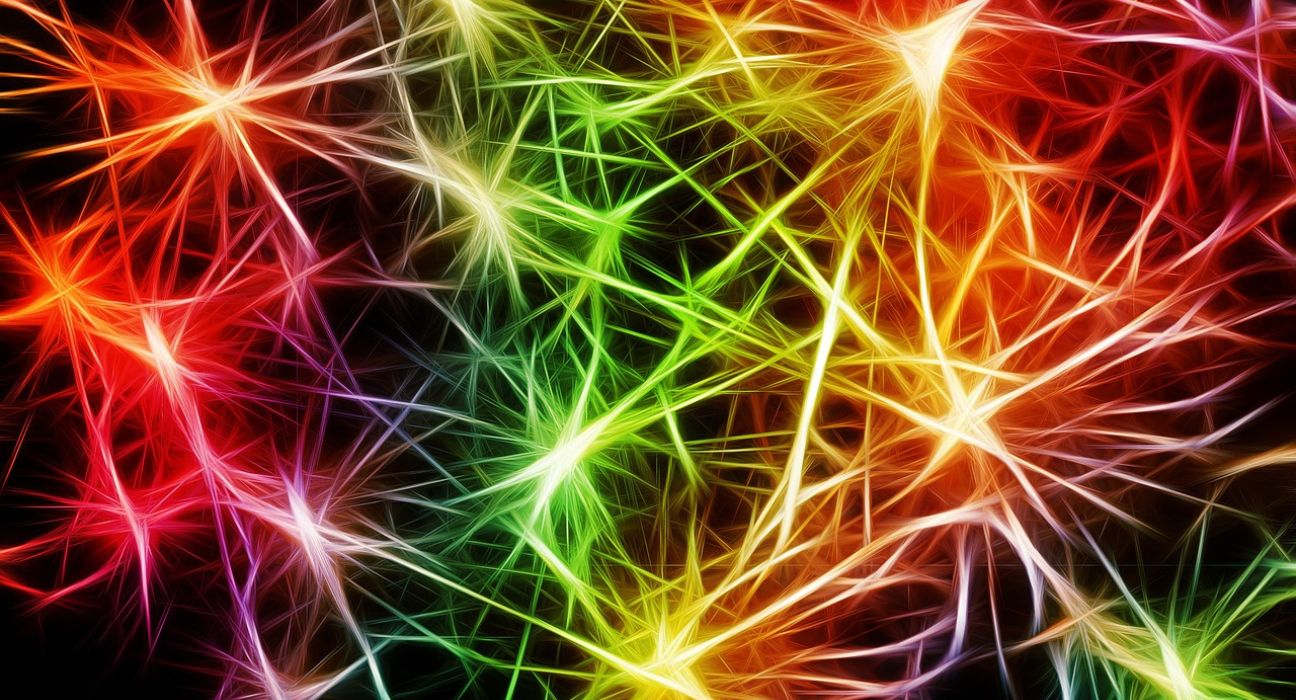Introduction to Pattern Recognition
In a world where we are bombarded with sensory information, the human brain’s ability to detect patterns without conscious effort is truly extraordinary. This hidden power of the brain is integral to our daily functioning, allowing us to navigate complex environments with ease. Whether it’s recognising a friend’s voice over a noisy background or detecting the rhythm in a piece of music, our brains are continuously at work, making sense of the myriad stimuli we encounter. This remarkable capability not only highlights the sophistication of our cognitive processes but also underscores the evolutionary advantages it confers. Understanding how our brain effortlessly identifies and processes these patterns can provide insights into enhancing our cognitive skills and tapping into this often overlooked potential.
How the Brain Recognises Patterns
At the core of our ability to recognise patterns lies the cerebral cortex, the brain’s outer layer, which plays a pivotal role in processing sensory information. This intricate network of neurons communicates through electrical and chemical signals, allowing us to discern patterns from the vast array of stimuli we encounter daily. When neurons fire together in response to particular stimuli, they form connections, strengthening our ability to recognise similar patterns in the future. This interconnected web within the brain acts as a sophisticated system for interpreting the world around us.
Everyday Instances of Unconscious Pattern Recognition
Pattern recognition manifests in numerous everyday scenarios, often without us realising it. One of the most common examples is face recognition. Our brains can identify a familiar face in milliseconds, a testament to their extraordinary capability. Similarly, recognising voices, even with minimal auditory cues, showcases our ability to process patterns without active thought. Navigating familiar routes is another instance where unconscious pattern recognition comes into play. Whether driving to work or walking to the local shop, our brains map out the path with ease, relying on learned patterns rather than conscious deliberation.
The Evolutionary Benefit of Pattern Recognition
The power of brain in detecting patterns has been pivotal for human evolution, providing a significant survival advantage. Early humans who could swiftly identify potential threats, such as predators or hostile individuals, were more likely to evade danger and survive. This instinctive reaction to sudden movements or unfamiliar sounds persists in modern humans, demonstrating the deep-seated evolutionary roots of pattern recognition. Additionally, our ability to recognise patterns has facilitated the development of complex social structures. By understanding group dynamics and interpreting social cues, early humans could form alliances, foster cooperation, and enhance communal living. This skill remains essential in contemporary society, where navigating social interactions and building relationships rely heavily on our innate pattern detection abilities. Beyond immediate survival, the capacity to detect patterns has also enabled humans to innovate and adapt, leading to advancements in tool-making, art, and communication. By continuously recognising and leveraging patterns, humans have shaped their environment and created sophisticated cultures and technologies.
The Influence of Pattern Recognition on Learning and Memory
Pattern recognition significantly impacts our learning and memory retention. When we identify and internalise patterns, we facilitate the learning process by creating mental shortcuts that streamline the assimilation of new information. For instance, recognising recurring structures in language, such as grammatical rules and vocabulary patterns, aids in mastering new languages more effectively. Likewise, identifying patterns in music, art, or mathematics can make learning more engaging and intuitive. By organising information into familiar frameworks, pattern recognition helps us to store and retrieve knowledge more efficiently. This cognitive strategy not only enhances our ability to learn but also bolsters memory retention, making it easier to recall information when needed.
Applications of Pattern Recognition Beyond the Human Mind
Pattern recognition’s influence extends into the realm of technology, significantly impacting various industries. In artificial intelligence development, this cognitive process is fundamental. Machine learning algorithms, designed to identify patterns and make informed decisions, are transforming sectors such as healthcare, finance, and security. For example, in healthcare, these algorithms analyse patient data to predict disease outbreaks or personalise treatment plans, enhancing patient care. In finance, pattern recognition helps detect fraudulent activities by identifying unusual transaction patterns, safeguarding assets and improving trust. Security systems benefit from advanced facial recognition technology, which relies on pattern recognition to accurately identify individuals, bolstering safety measures.
Additionally, pattern recognition plays a crucial role in the development of autonomous vehicles. These vehicles rely on complex algorithms to interpret traffic patterns, recognise obstacles, and make real-time decisions, ensuring safe and efficient transportation. In the realm of data analysis, pattern recognition aids in sifting through massive datasets to uncover trends and insights, driving informed decision-making in businesses and research. The entertainment industry also leverages this technology, with recommendation systems on streaming platforms suggesting content based on viewing patterns, enhancing user experience. The power of brain-inspired pattern recognition is thus a driving force behind numerous technological advancements, continually shaping and improving our modern world.
Conclusion: Unlocking the Brain’s Potential
In recognising the brain’s remarkable ability to detect patterns, we gain insights into the profound influence this cognitive function has on our daily lives. By tapping into this inherent skill, we can enhance our learning processes, improve memory retention, and navigate social interactions with greater ease. This knowledge empowers us to foster personal and professional growth by leveraging the brain’s natural propensity for pattern recognition. Additionally, as technological advancements continue to mimic human cognition, understanding these processes enables us to drive innovation in various sectors, from artificial intelligence to autonomous vehicles. Embracing the brain’s hidden power not only enriches our individual capabilities but also contributes to societal progress, shaping a future where human and machine intelligence coalesce seamlessly.
